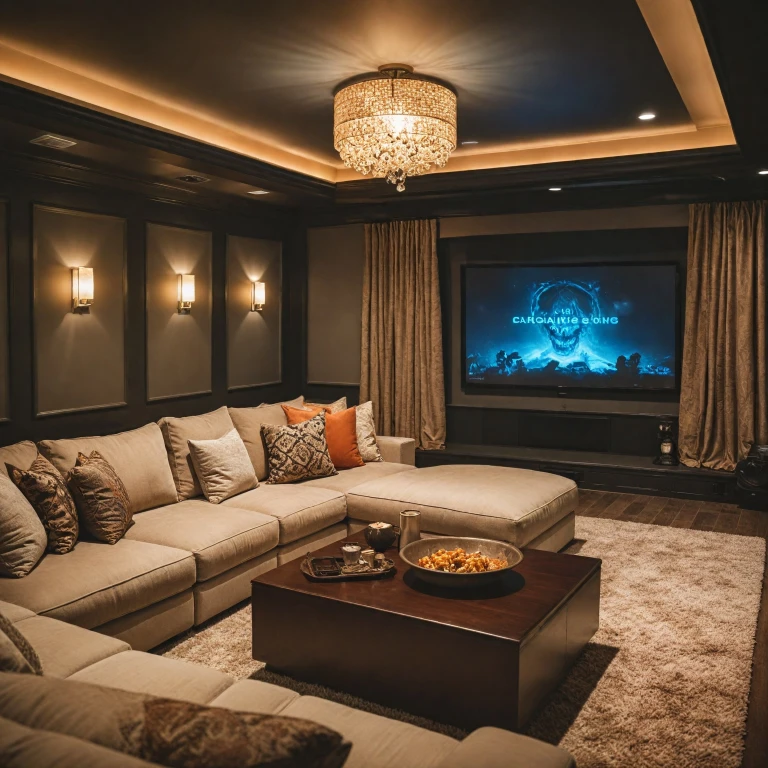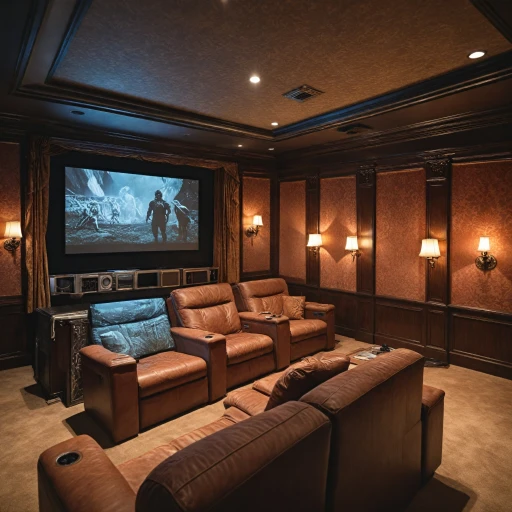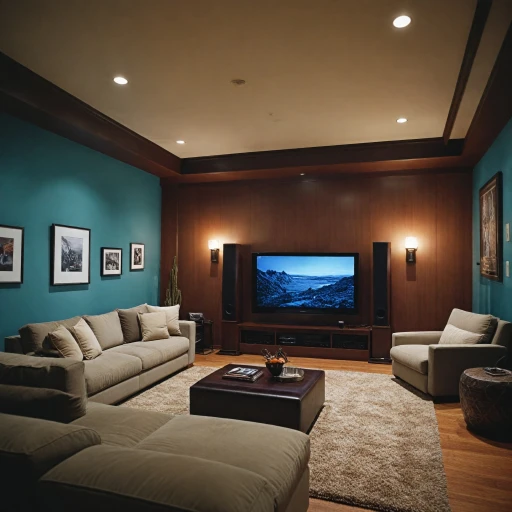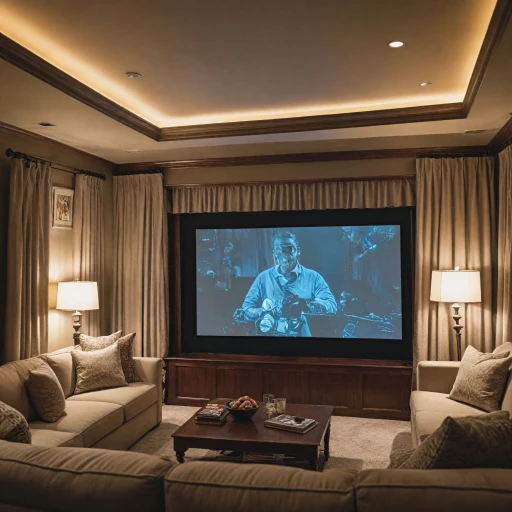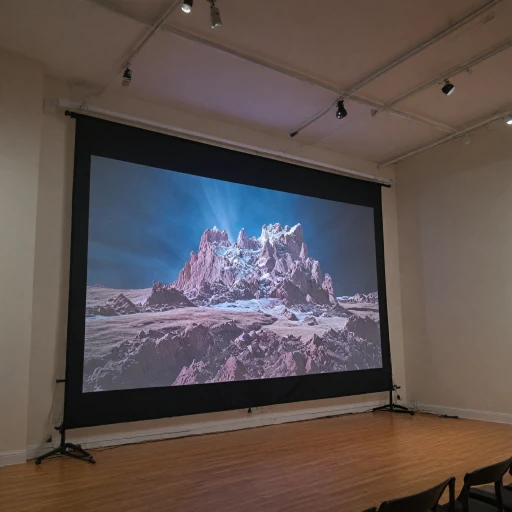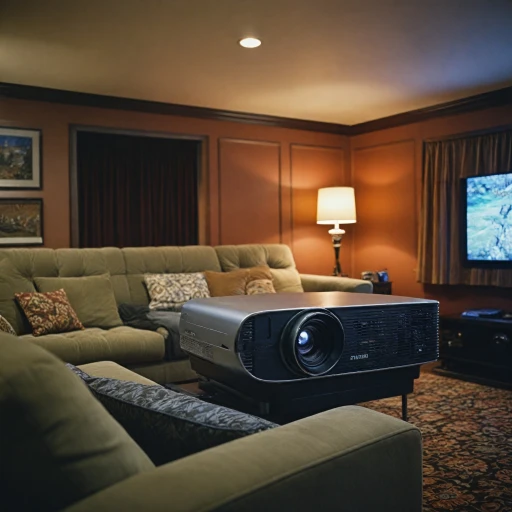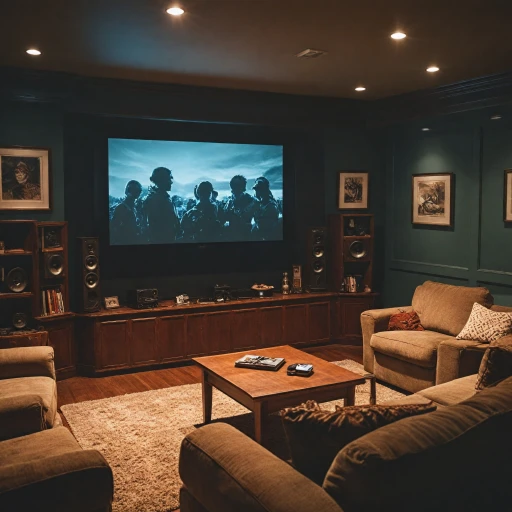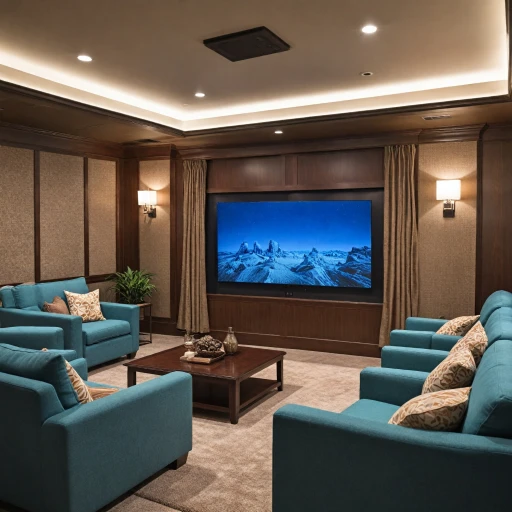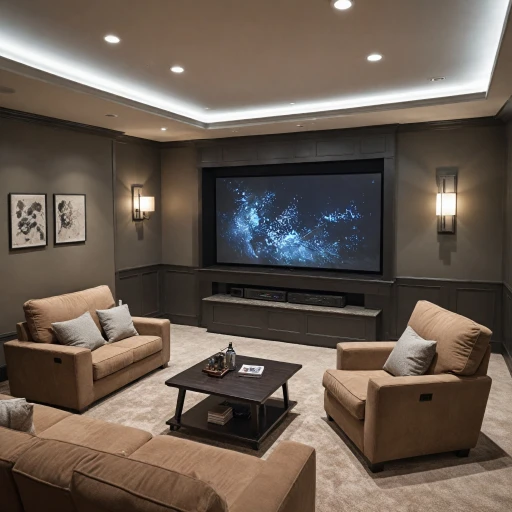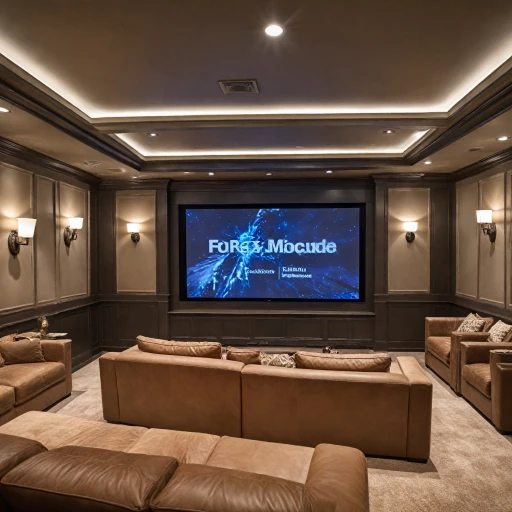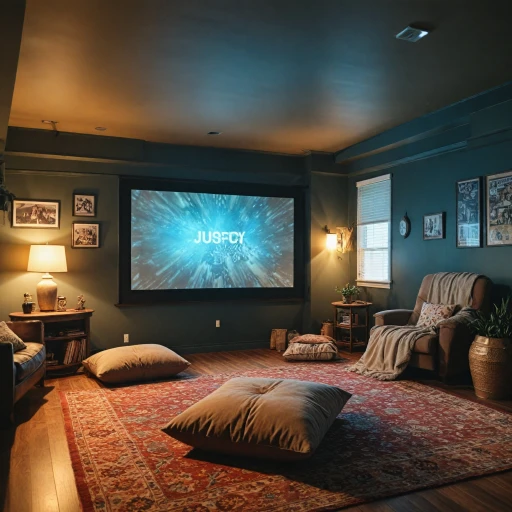
Understanding the Importance of Screen Size
Why Screen Size Matters in Home Theater Projectors
When setting up a home theater, one of the biggest decisions you'll face is the size of your projection screen. A 100-inch projection screen can significantly enhance your viewing experience, bringing the cinematic magic right into your home. But before you make a purchase, it's crucial to understand how screen size can affect the overall performance and quality of your setup. A larger screen offers an immersive viewing experience that replicates the feeling of being in a movie theater. This is particularly significant when watching movies or playing games where an expansive view is desirable. The market offers a wide array of options, from fixed frame screens to portable models like the yard master series, allowing flexibility in both fixed and temporary setups. However, it's not just about going big. You must also consider your room's dimensions. A 100-inch screen may overwhelm a smaller room, making the experience less enjoyable and potentially straining your eyes. Therefore, assessing your space and understanding the impact of ambient light is essential. Further, the material of the projection screen can affect the quality and brightness of the image. A matte white surface offers excellent color reproduction, but it may not perform well in rooms with high ambient light. On the other hand, screens with a higher gain enhance brightness by reflecting more light back, suitable for larger rooms or those with ambient light challenges. If you're uncertain about the appropriate fabric or finish for your 100-inch screen, exploring the perfect fabric for your home theater screen can provide guidance on the best choice based on your specific needs. Screen size is a crucial consideration that influences projector selection and room setup planning. Moving forward, you'll need to choose the right projector that complements a 100-inch screen, ensuring a balanced and optimal home theater experience.Choosing the Right Projector for a 100-Inch Screen
Selecting the Ideal Equipment for Optimal Viewing
When aiming to project onto a 100-inch screen, picking the right projector is crucial. The success of your setup depends largely on the compatibility between your projector and the screen. Several factors come into play when making this decision, such as the projector's price, throw distance, and aspect ratio.
Firstly, consider the wall, ceiling, or portable setup for your screen. Projectors like short throw and ultra short throw projectors are excellent for confined spaces. These devices can project large images from a short distance, making them suitable for 100-inch projection screens.
Next, examine the lumens rating which determines the light source's brightness. Higher lumens are preferable, especially if you're battling ambient light intrusion. Brands such as Elite Screens offer projector screens with varying gain levels—a higher gain can enhance image clarity in bright environments.
Additionally, selecting a projector that supports the correct aspect ratio for your screen size is crucial. The 16:9 ratio is favored for home theaters, ensuring a widescreen experience. Pair your projector and matte white screen for the best color accuracy and contrast, especially in controlled lighting conditions.
For smother installations, explore products with tab tension for enhanced stability. If the room design allows, consider a fixed frame projection screen for a seamless setup. Meanwhile, electric screens offer the convenience of retractable options if space management is essential.
Whichever projector and screen combination you choose, ensure it's well-suited to your specific environment and viewing preferences. For further guidance on making a suitable match for your home theater experience, check out choosing the perfect fabric for your screen.
Setting Up Your 100-Inch Projection Screen
Perfect Placement for Optimal Viewing
Setting up your 100-inch projection screen is crucial to enjoying a true cinematic experience at home. The first consideration is the placement of your projector and screen. Depending on your room size and design, you may choose a wall-mounted or portable projector screen. A fixed-frame screen offers a professional look and often provides better sound panels compatibility, enhancing your setup aesthetically and acoustically.Wall vs. Ceiling Mounted Options
Your choice between a wall or ceiling-mounted installation hinges on your space and preferences. Wall-mounted options are permanent and reduce the need for additional support but require a dedicated wall space. Ceiling-mounted screens like the Elite Screens Yard Master series offer flexibility when your room layout does not support wall mounting. These can be retracted when not in use, which is ideal if your room serves multiple purposes.Consider the Aspect Ratio and Viewing Angles
When positioning your screen, consider the aspect ratio of your projector. Most are designed for 16:9 widescreen format, aligning with common media formats. Ensure your seating area allows everyone a clear view without distortion. Depending on the projection screen gain and ambient light, you may need a matte white screen for optimal viewing. A higher gain screen can reflect more light, ideal for rooms with uncontrolled lighting.Ensuring Stability and Longevity
Invest in quality mounts or stands to provide stability, especially with larger screens. Product integrity is crucial to prevent damage to your screen or surrounding areas. Regularly check for any loosening in the mounts and clean the screen surface, especially if it's a matte white or electric type, to prolong its lifespan. Tab-tensioned screens help maintain a flat, even surface over time, ensuring consistent projection quality. Enhancing your home setup with the right screen and projector ensures you make the most out of your 100-inch viewing experience. For more insights on aligning additional sound enhancements, explore our piece on enhancing your home theater with sound panels.Enhancing Picture Quality
Optimizing Your Visuals
When it comes to projecting on a large 100-inch screen, quality matters. Selecting the right materials and ensuring adjustments are in place can significantly enhance the picture quality of your projector. Here’s how you can achieve the best possible visuals for your home theater:- Gain and Screen Material: Opt for a screen with the appropriate gain to match your viewing environment. Elite Screens, for instance, offers screens with different gain levels to cater to varied lighting conditions. A matte white surface tends to provide a balanced performance, preventing hotspots by evenly distributing light.
- Aspect Ratio Considerations: Ensure the projector supports the desired aspect ratio of your content. Most modern projectors and projector screens accommodate 16:9 or 16:10 formats, providing a cinematic experience akin to theaters.
- Ambient Light Control: Controlling ambient light is crucial for maintaining picture clarity. Consider portable projector setups or screens with ambient light-rejecting capabilities to minimize the impact of external light sources.
- Short Throw and Ultra Short Throw Projectors: If space is constrained, you might favor using short throw or ultra short throw projectors that can deliver large images from a relatively short distance. This setup can prevent distortion and enhance the viewing experience.
- Proper Wall Mounting: Whether it’s a fixed frame or an electric tab tension model, correct wall mounting ensures that your screen remains smooth and wrinkle-free, ensuring consistent picture quality.
- Projector Calibration: Don’t overlook the manufacturer’s recommendations for projector calibration. Fine-tuning settings such as brightness, contrast, and sharpness can drastically improve the image output on your projection screen.
Audio Considerations for a Large Screen Setup
Sound Systems That Complement Large Projection Setups
When upgrading to a 100-inch projection screen, it’s essential to match the immersive visuals with rich, dynamic audio. The experience can truly transform your home viewing, but only if the sound quality stands up to the picture. A soundbar or a dedicated speaker system are popular choices for home theaters. Here are a few considerations to ensure the audio in your home theater is as impressive as the visuals:- Choose the Right Speaker System: For a screen over 100 inches, consider a 5.1 or 7.1 surround sound system. This setup includes a subwoofer for deep bass and multiple speakers to create a wrap-around sound effect.
- Placement is Key: Positioning speakers correctly in relation to your screen, furniture, and room size is crucial for optimal audio. Wall or ceiling-mounted speakers can save space and enhance acoustics if organized wisely.
- Wireless Options: Products like elite screens offer flexibility. Wireless speakers streamline the setup and reduce clutter, though ensure they receive a clear signal from their receiver for uninterrupted sound.
Maintenance and Care for Your Projection Screen
Effective Practices for Prolonging Your Projection Screen's Lifespan
Proper maintenance and care are crucial in ensuring the longevity of your projection screen, especially when investing in a 100-inch screen of considerable price and quality. From fixed frame screens to portable projector screens, each type demands specific attention to preserve its performance.
Firstly, regular cleaning of your projector screen can significantly enhance its durability. Whether you have a matte white or an electric screen, it's essential to use a soft cloth and non-abrasive cleaning solutions to avoid damaging the surface. Manufacturers often provide guidelines for cleaning their products, which can prevent scratches and maintain the screen's gain for optimal image quality.
Environmental factors can also impact the integrity of your screen. Rooms with a lot of ambient light should be equipped with screens designed to counteract its effects. Using blackout curtains or screens with higher gain, such as an elite screen, can mitigate this issue by maintaining a clear and vibrant picture quality.
For electric screens or those installed on a wall or ceiling, ensuring that the mounting mechanisms are secure is vital. The weight of the screen, especially in larger sizes like 100 inches, can cause undue stress if not properly supported. Regularly checking the bracket or housing can prevent potential accidents and screen damage.
Storage is another factor for those using a portable projector or yard master series screens. Ensuring the screen is properly rolled and secured when not in use minimizes the risk of creases or discoloration. Portable screens should always be stored in a dry, cool location to prevent material degradation.
In projection setups where the screen is paired with short throw or ultra short throw projectors, maintaining an appropriate distance between the projector and screen is critical. Slight misalignments can affect the aspect ratio and image quality, highlighting the importance of careful setup and routine checks.
Lastly, consider investing in a protective carrying case or container for screens designed for mobility. Such equipment can aid in the screen's delivery and protect it from potential damage during transport.
